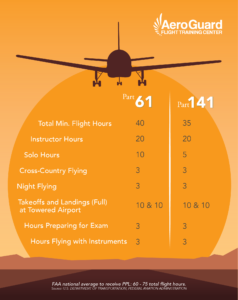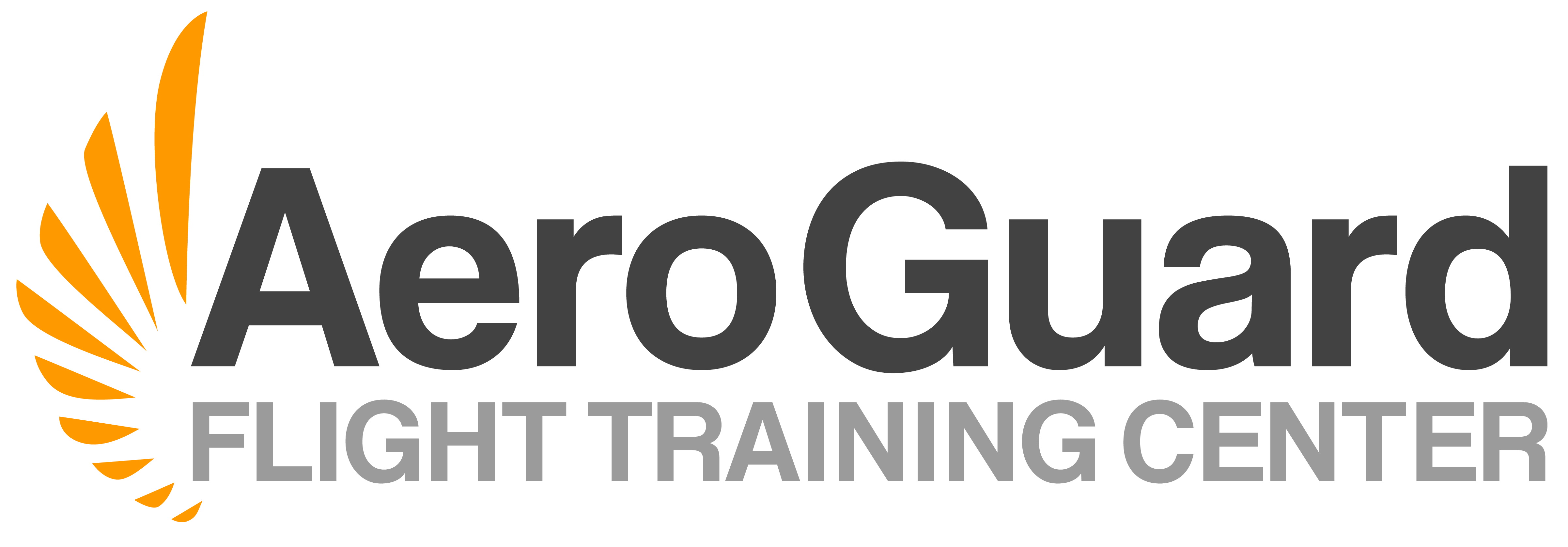A Closer Look at Private Pilot License Requirements
As you research flight schools, you may have noticed some operate under Part 61, and others, Part 141. Whether you obtain your Private Pilot License under Part 61 or Part 141, the same privileges and limitations apply. Each of these “Parts” are simply different sections of the Federal Aviation Regulations that describe the certification process for pilots and flight schools. While the knowledge and skills required to acquire a Private Pilot License are identical, the true difference between these programs lies in the aeronautical experience that comes with each. This time on the Blog, we’ll be taking a look at the variances in Part 61 and Part 141 Private Pilot License requirements.

Private Pilot License Requirements for Part 61
In Part 61 programs, there are no certification procedures for each course of training and instead can be completed in a sequence designated by either a flight instructor or flight school.
To earn a Private Pilot License single-engine rating, the student:
- must log at least 40 hours of flight time, including at least 20 hours of flight training from a flight instructor and 10 hours of solo time, 5 of which need to be cross-country to include one solo cross-country of at least 150 nautical miles.
- is required to complete 3 hours of cross-country flying as well as 3 hours of night flying, with 1 cross-country flight of over 100 nautical miles (NM) and 10 takeoffs and 10 landings to a full stop at an airport.
- must complete 3 hours of flight utilizing their instruments, completing straight and level flight, airspeed climbs and descents, heading turns, attitude recovery, radio contact and the use of navigation and radar services as necessary.
- must perform 3 hours of flight training with their instructor to ready themselves for their practical exam test within 60 days of the exam’s date.
- is required to complete 10 hours of solo flight time, including 5 hours of solo cross-country time, one cross-country flight of 150 NM with a full stop landing at three different points. The flight must involve a straight-line distance of more than 50 NM between the takeoff and landing locations and three takeoffs and landings to a full stop at a tower-controlled airport.
Private Pilot License Requirements for Part 141
In contrast, a flight school that is Part 141 approved means that not only does the school meet the FAA requirements, but the course has been specifically approved. The result is that some of the aeronautical experience requirements can be reduced although it’s not always the case. To meet the minimum requirements under Part 141, the student:
- must complete 35 total hours of training, with 20 hours of flight training from a flight instructor.
- must complete 5 hours of solo flight time, with one solo a 100 NM cross-country flight with landings at three points. A portion of the flight needs to be dedicated to a straight-line distance of more than 50 NM between the takeoff and landing locations.
- must also complete 3 hours of cross-country time and 3 hours of night flying with the inclusion of one cross-country flight of more than 10 NM and 10 takeoffs and landings to a full stop at an airport.
- has to complete 3 hours of flight time using on their instruments. The student must complete straight and level flight, as well as airspeed climbs and descents, heading turns, attitude recovery, use radio communication and utilize the navigation and radar services necessary for the flight.
- is required to complete 3 hours of flying to prepare for the practical test within 60 days of the test date.
It’s important to understand that the above Private Pilot License requirements for Part 61 and Part 141 are the training minimums. Upon completion of these minimum requirements, the pilot may need to complete additional training in order to become proficient. According to the FAA, the national average shows that most pilots need 60 to 75 hours of flight training, exceeding the minimum requirements for both Part 61 and Part 141. For this reason, the minor difference in total flight hours between Part 61 and Part 141 may be insignificant in your decision when choosing a flight school.
At AeroGuard, students are provided with excellent Private Pilot License curriculum, run as a Part 61 course that includes many aspects of AeroGuard’s Part 141 approved course.

